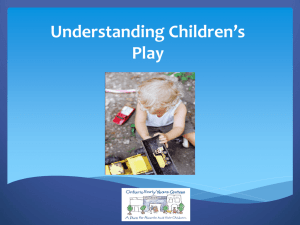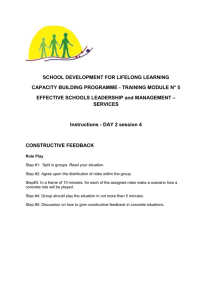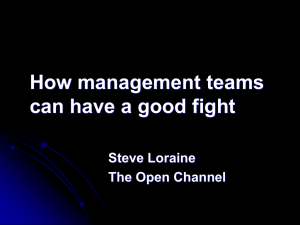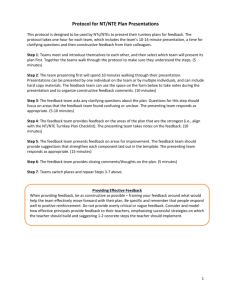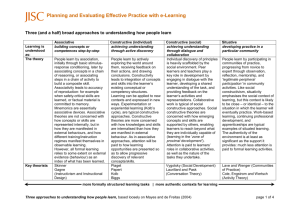Conflict is Necessary for Innovation
advertisement
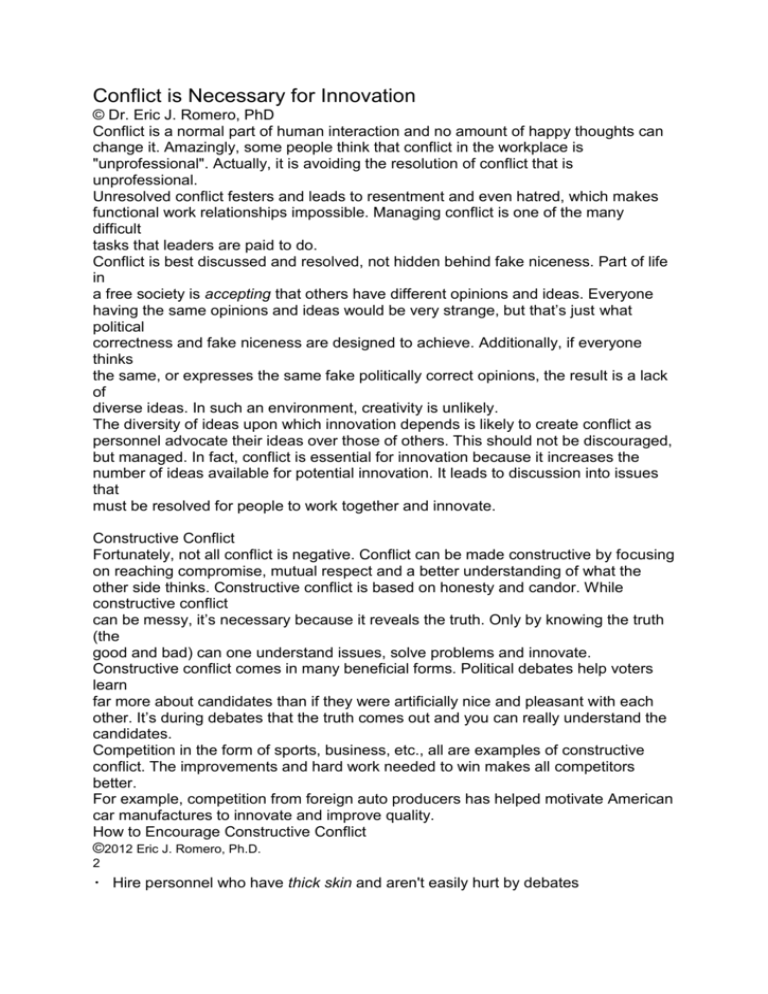
Conflict is Necessary for Innovation © Dr. Eric J. Romero, PhD Conflict is a normal part of human interaction and no amount of happy thoughts can change it. Amazingly, some people think that conflict in the workplace is "unprofessional". Actually, it is avoiding the resolution of conflict that is unprofessional. Unresolved conflict festers and leads to resentment and even hatred, which makes functional work relationships impossible. Managing conflict is one of the many difficult tasks that leaders are paid to do. Conflict is best discussed and resolved, not hidden behind fake niceness. Part of life in a free society is accepting that others have different opinions and ideas. Everyone having the same opinions and ideas would be very strange, but that’s just what political correctness and fake niceness are designed to achieve. Additionally, if everyone thinks the same, or expresses the same fake politically correct opinions, the result is a lack of diverse ideas. In such an environment, creativity is unlikely. The diversity of ideas upon which innovation depends is likely to create conflict as personnel advocate their ideas over those of others. This should not be discouraged, but managed. In fact, conflict is essential for innovation because it increases the number of ideas available for potential innovation. It leads to discussion into issues that must be resolved for people to work together and innovate. Constructive Conflict Fortunately, not all conflict is negative. Conflict can be made constructive by focusing on reaching compromise, mutual respect and a better understanding of what the other side thinks. Constructive conflict is based on honesty and candor. While constructive conflict can be messy, it’s necessary because it reveals the truth. Only by knowing the truth (the good and bad) can one understand issues, solve problems and innovate. Constructive conflict comes in many beneficial forms. Political debates help voters learn far more about candidates than if they were artificially nice and pleasant with each other. It’s during debates that the truth comes out and you can really understand the candidates. Competition in the form of sports, business, etc., all are examples of constructive conflict. The improvements and hard work needed to win makes all competitors better. For example, competition from foreign auto producers has helped motivate American car manufactures to innovate and improve quality. How to Encourage Constructive Conflict ©2012 Eric J. Romero, Ph.D. 2 Hire personnel who have thick skin and aren't easily hurt by debates Encourage staff to express their ideas and opinions, especially if others don't agree Talk about the value of constructive conflict and make is part of the culture Don't avoid conflict...manage it and make constructive Use humor to defuse conflict and avoid negative conflict Don't be afraid to state your position, even if no one agrees with you When conflict cannot be resolved, admit that sometimes people have to leave the firm Being an unconventional leader means doing the hard and sometimes unpleasant work of managing conflict. By encouraging constructive conflict, you allow staff to be real human beings who occasionally disagree. The result is more ideas, real communication and innovation. Eric J. Romero, PhD is an expert in Unconventional Leadership, Culture, Strategy & Innovation. He helps managers become unconventional leaders who innovate and beat the competition. Eric partners with them to create competitive advantage based on creativity, flexibility and risk-taking. Eric has written over 35 articles and presented his ideas around the world for over 15 years. He is the author of Compete Outside the Box: The Unconventional Way to Beat the Competition. Originally from New York City, his presentations are delivered with a sense of humor, 100% unedited honesty and street smarts! For more information go to www.CompeteOutsideTheBox.com. Think Outside the Box so you can Compete Outside the Box®!


